Comparison of Magnesia Refractory and Chrome Refractory
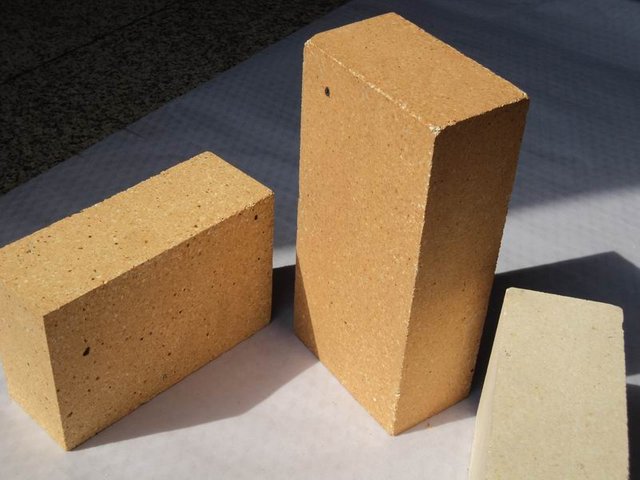
"Comparison of Magnesia Refractory and Chrome Refractory"
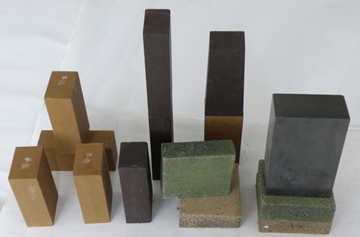
If you have read my post regarding the classification of refractories according to physical form, method of manufacture and chemical nature, then you may already know the difference among acid, basic and neutral refractories. In this article, we’ll provide an overview regarding the correlation of magnesia based refractories and chrome based refractories and their separate use in refractory industry. Also various properties and characteristics will be enumerated in comparison of both basic refractories.
Additionally, according to ASTM basic refractories are refractories whose major constituent is lime, magnesia or both, and which may react chemically with acid refractories, acid slags, or acidic fluxes at high temperatures. Hence basic refractories are technically used in furnaces and high temperature kilns where the operating environment is alkaline as these refractories are stable to basic slags.
First and foremost, let’s talk about magnesia refractories. Magnesia Refractories according to American Society for Testing and Materials (ASTM) are dead-burned refractory materials consisting predominantly of crystalline magnesium oxide. The major constituents of magnesium refractories are magnesia or magnesium oxide which has a chemical formula of MgO. Majority of MgO today are obtained through calcination of naturally occurring minerals.
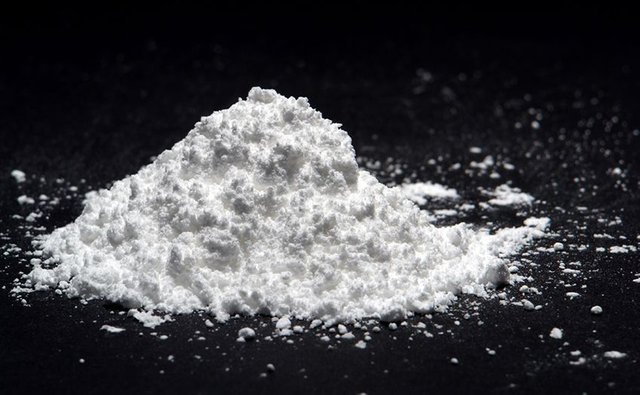
Magnesium Oxide has a very high melting point of about 2800 degrees Celsius. This characteristic, together with its resistance to basic slags, ubiquitous occurrence and reasonable cost, makes magnesium oxide products the choice for heat-intensive, metallurgical processes.
Magnesium Oxide is mostly deposited in seawater, underground brine and deep salt beds where magnesium hydroxide is processed. At certain calcination temperature about 700 – 1000 degrees Celsius, caustic calcined magnesia can be formed. On the other hand, calcination at about 1000 to 1500 degrees Celsius, MgO can be used where lower chemical reactivity is required.
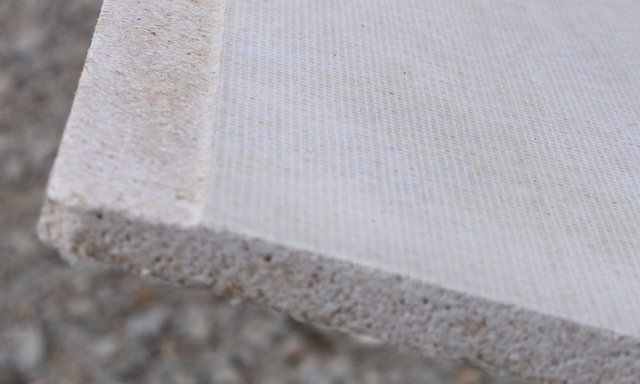
Types of Magnesia Refractories involve calcined magnesia which are formed by calcining at 700 to 1000 degrees Celcius, dead burned magnesia which are formed by calcining magnesite at higher temperatures between 1750 to 2200 degrees Celsius and fused magnesia which is a high grade magnesite or calcined magnesia burned in three phase electric arc furnace for 12 hours under temperature in excess of 2750 degrees Celcius.
Chrome Refractories on the other hand are composed mainly of chrome ores. Chrome ores are known for its high refractoriness, good thermal shock resistance and high strength at high temperature with a melting temperature of about 2150 degrees Celsius. Generally, chrome ores are able to overcome the typical disadvantages of magnesia such as low strength and low refractoriness under load and the tendency to shrink with higher coefficient at high temperature.

Technically chrome ores and chromite are synonymous in refractory industry. Chrome Refractories are mainly used between the basic and acidic refractories in basic steelmaking furnaces primarily to prevent chemical interface between these two types. It has a weak resistance against iron oxide attack and is prone to collapse at high temperature due to iron oxide penetration and reaction.
Chrome Refractories are very sensitive to oxidation and reduction at high temperature atmosphere and it can form hexavalent chromium compounds with calcium-containing furnaces. This is a harmful compound due to its potential carcinogenic characteristics leading to its phase out especially in glass making industries. This refractory is basically used in cement kilns due to its good corrosion resistance and high refractoriness at high temperature under load.
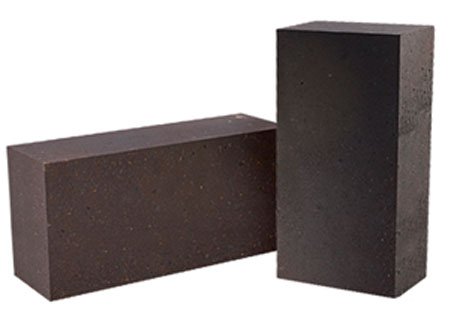
Chrome is used in basic refractories as aggregate with magnesium oxide called the chrome-magnesia refractory or magnesia-chrome refractory. Due to the excellent corrosion resistance of magnesia-chrome refractory, it is ideally used in parts of non-ferrous metallurgy such as copper, lead and zinc refining. It is also widely used in foundry industry for both ferrous and non-ferrous casting but its consumption has decreased due to transition of modern steelmaking industry.
Therefore chrome and magnesia refractories vary considerably and are separately used for different purposes. Basically chrome is used as aggregate to magnesia to enhance properties at high temperature environment. The low refractoriness of magnesia under load as well as its high thermal expansion can be improved and minimized respectively by chrome aggregates.
THANK YOU FOR TAKING THE TIME TO READ MY POST
High Temperature Treatment of Ceramic Wares
Importance in Characterization of Raw Material Components and Slurry in Fabrication of Traditional Ceramic Products
Enhancing Low Thermal Insulating Property of Porous Ceramic Raw Materials
References:
(1)Refractories Handbook by Charles Schacht
(2)Magnesia – Magnesium Oxide Properties and Application
(3)http://icdacr.com/index.php?option=com_content&view=article&id=139&Itemid=345&lang=en

seems good.